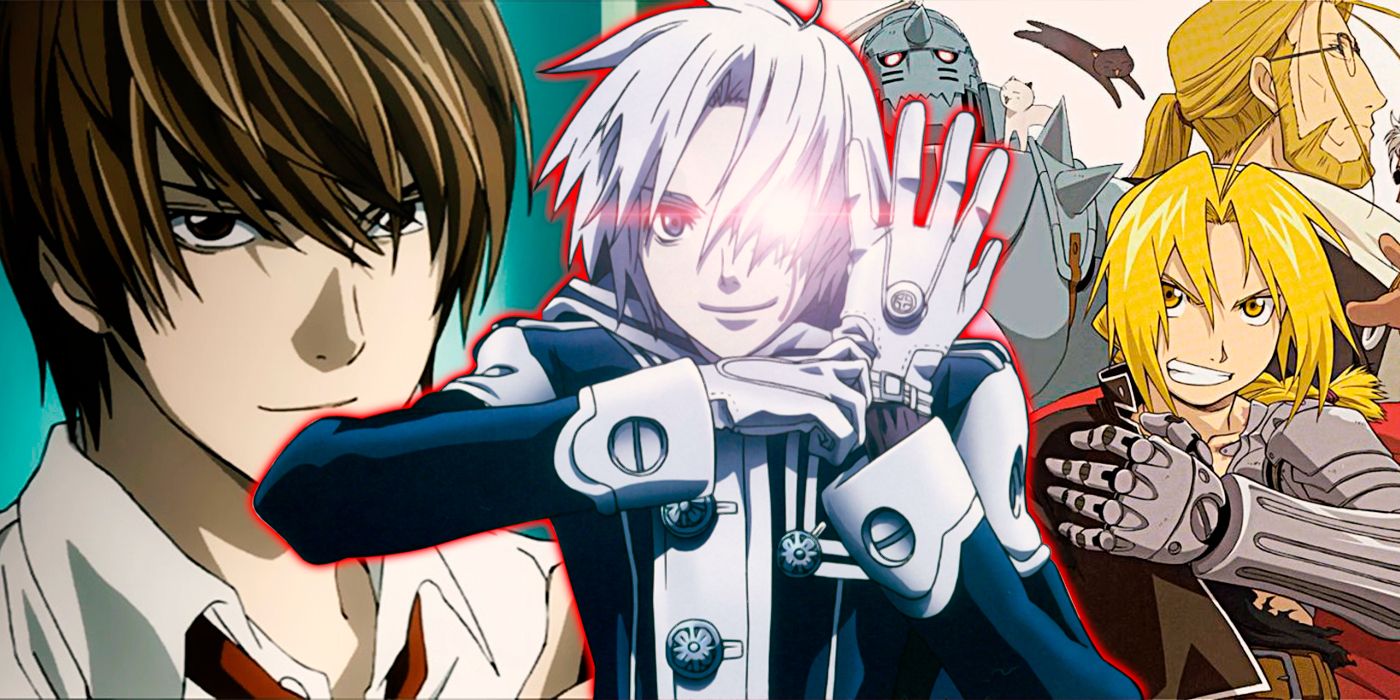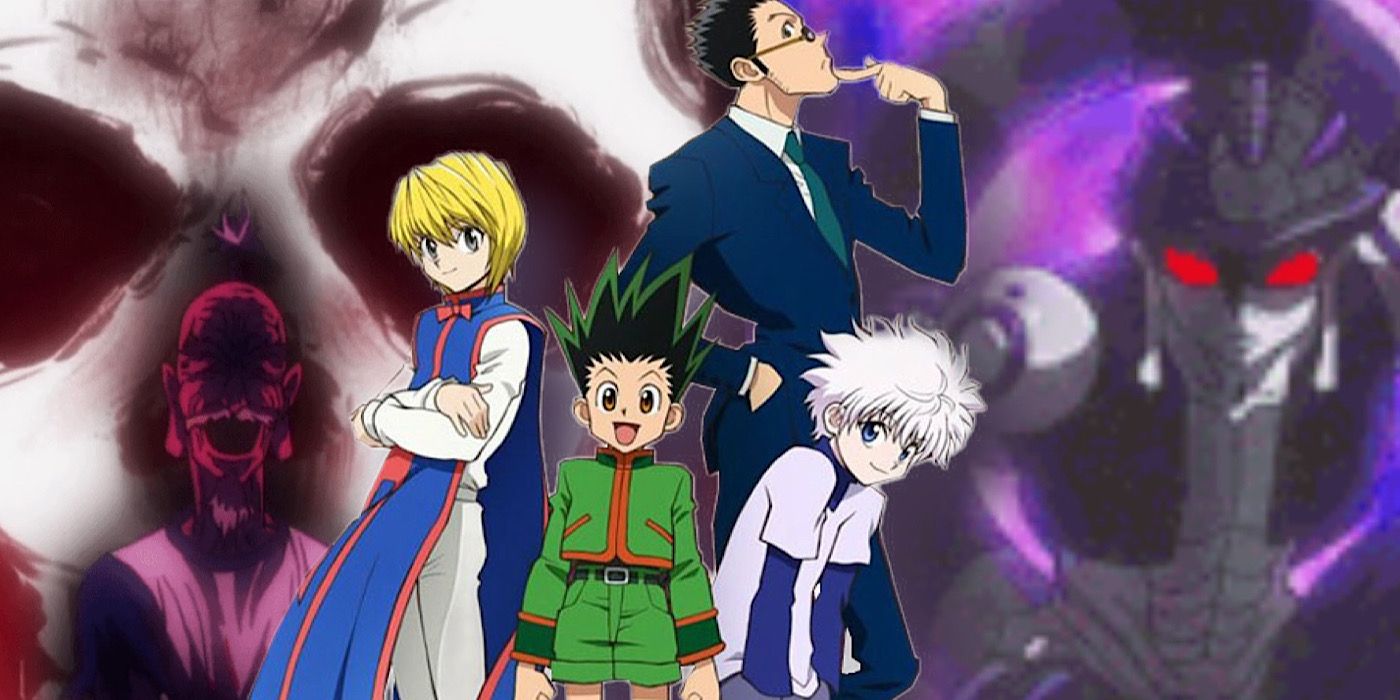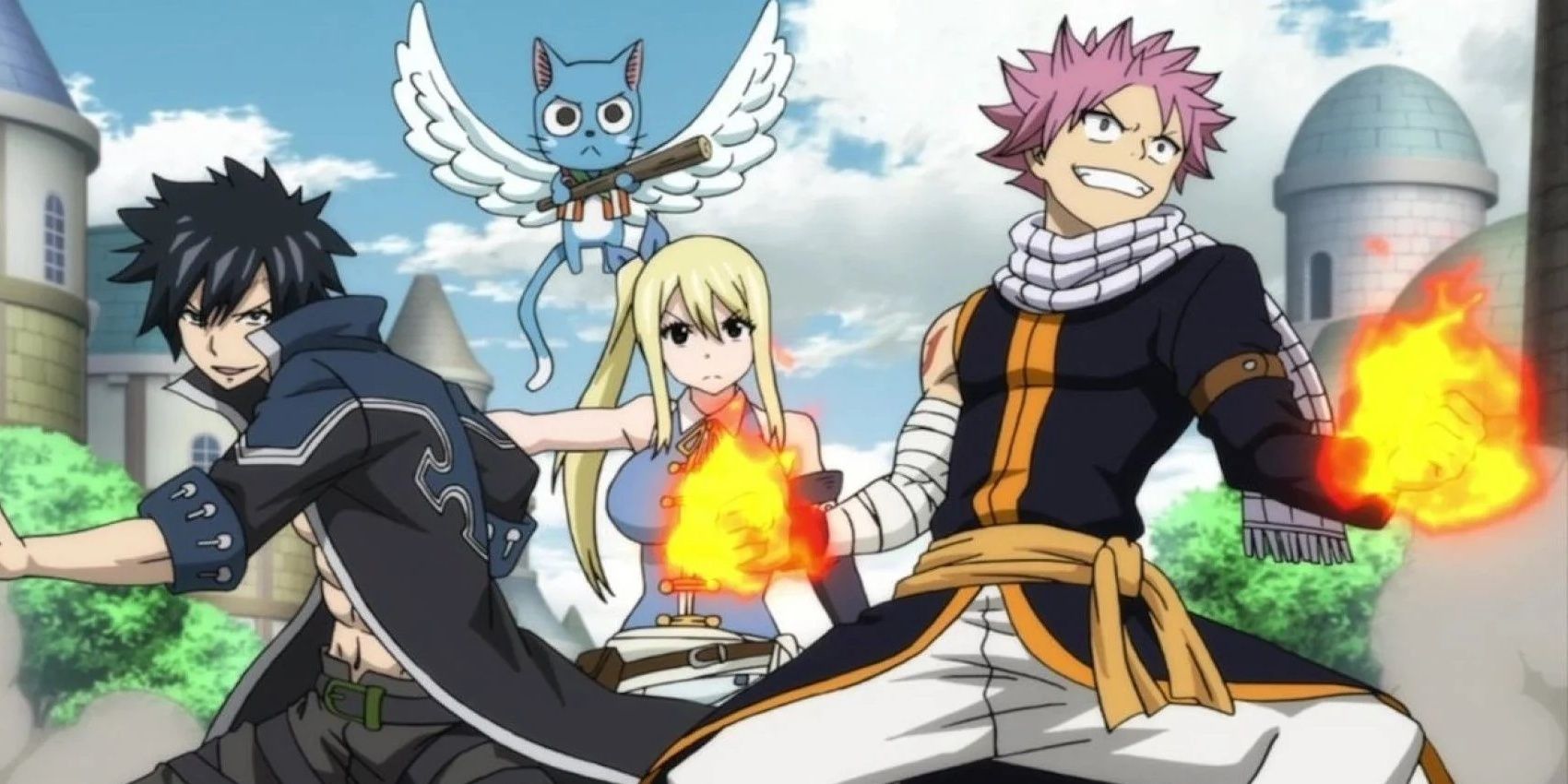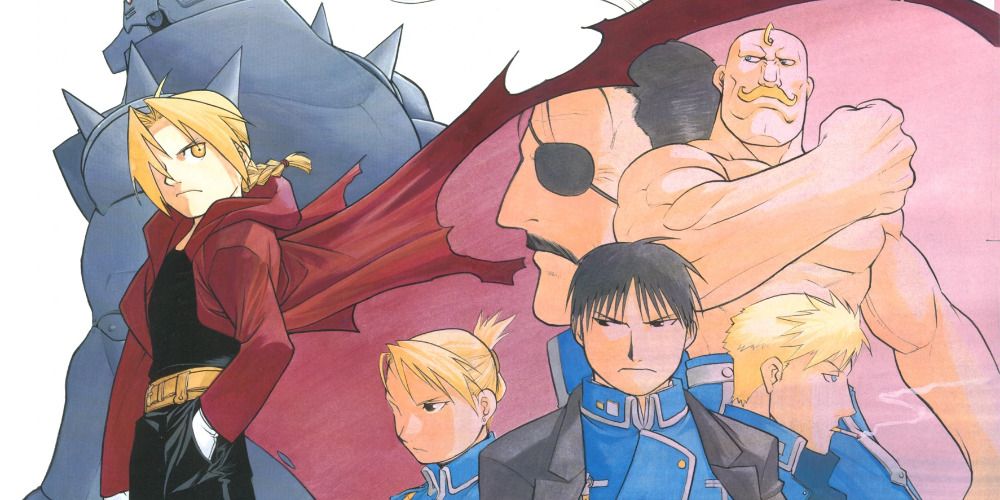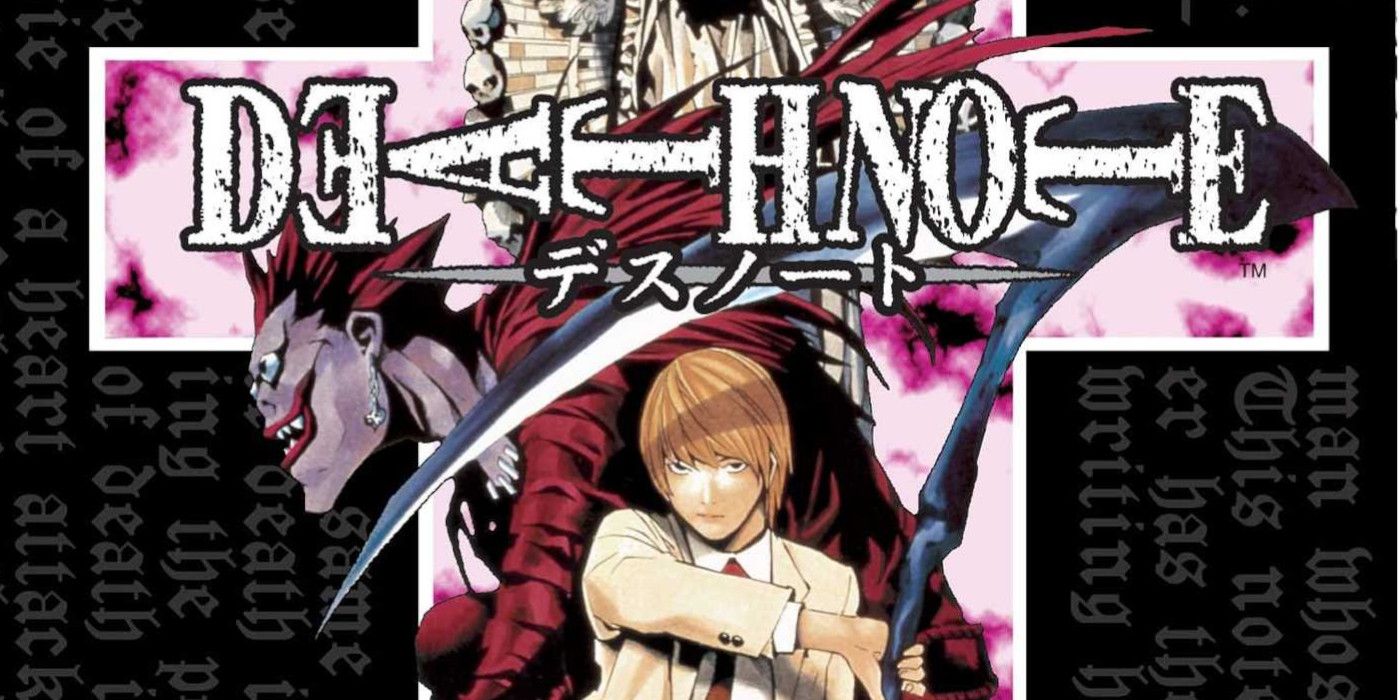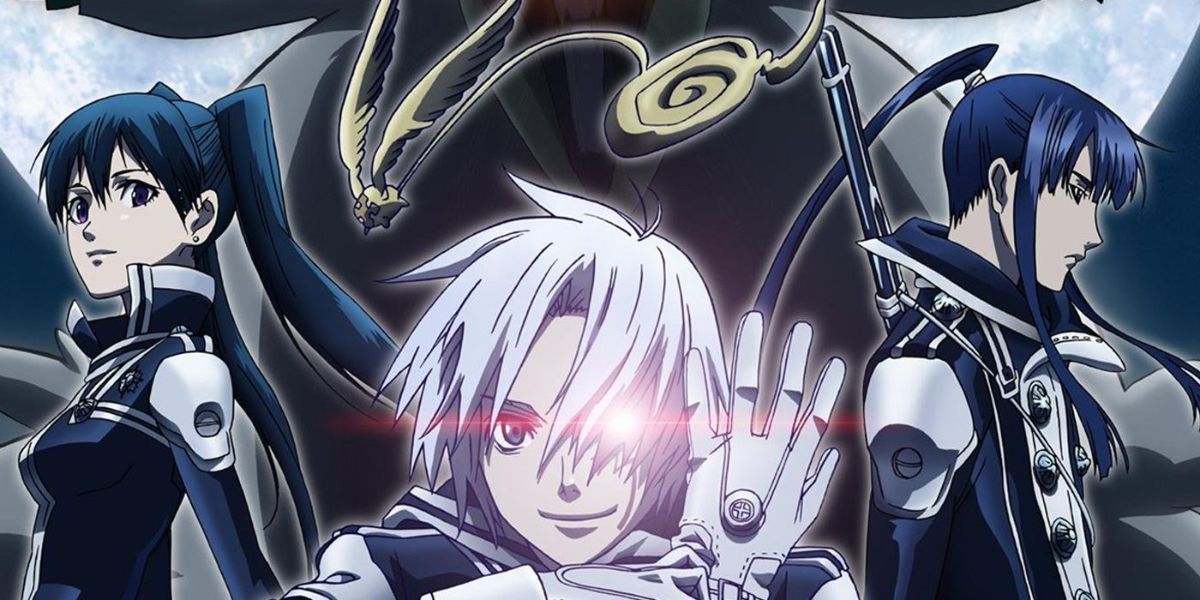The world of shonen manga and anime is known for many things, such as the power of friendship and gradual power scaling for each combat system. On a meta level, shonen is also known for the fierce competition to create the next big hit. Author Akira Toriyama was one of the early superstars with his legendary Dragon Ball franchise, but which shonen series would succeed it?
The early 2000s brought serious competition to see which series would dominate the pages of Weekly Shonen Jump, and this soon extended to the airwaves with anime as well. Plenty of exciting, beloved shonen titles came close to becoming the king of shonen, but in the end, Tite Kubo's Bleach, Eiichiro Oda's One Piece and Masashi Kishimoto's Naruto became the famous "big three." That said, these five popular titles had a fair shot at big three status too.
Hunter x Hunter Was Held Back By Hiatuses
Author Yoshihiro Togashi had barely finished his hit series Yu Yu Hakusho when he moved on to his next big title, the famed Hunter x Hunter. In many regards, this exciting shonen action story can stand up to the actual big three with its cohesive Nen-based combat system, fun characters, stylish villains and great humor.
Some fans might even rank Hunter x Hunter above both Naruto and Bleach. However, this series is also infamous for its many hiatuses, which may have harmed its sales somewhat as impatient fans at the time moved on to other titles that produced content more regularly. Of course, the dedicated fans who stuck around are always richly rewarded each time a new chapter releases.
Fairy Tail Was Second-Rate One Piece
The popular shonen anime Fairy Tail has plenty of devoted fans -- as does its ongoing sequel series Fairy Tail: 100 Years Quest -- but author Hiro Mashima was doomed to never make it into shonen's big three with this franchise. It has its merits, such as the power of friendship and creative magical powers among its characters, but a messy plot, stock characters and a lack of truly memorable scenes held it back from big three status.
Many anime fans see it as a watered-down One Piece in many regards, and that's not a good sign. On the other hand, Fairy Tail launched in 2006, so perhaps it was just a bit too late to catch up to and replace one of the actual big three.
Fullmetal Alchemist Almost Made It
In terms of sheer sales -- a great way to measure the big three -- author Hiromu Arakawa came very close to overtaking Bleach. In the end though, Fullmetal Alchemist never quite edged out its illustrious peers; the series came to an end after 27 volumes' worth of chapters to tell a solid but not epic-length tale.
Perhaps by design, Fullmetal Alchemist was more like a mini-series than a shonen series that could go on for hundreds of chapters without feeling tedious, and that doesn't make for big three material. All of the actual big three are over 600 chapters, after all. Then again, Fullmetal Alchemist is one of shonen's best pound for pound and is top 10 material on MyAnimeList -- and it deserves those glowing accolades all the way.
Death Note Is Cool, But It's Not Dragon Ball-Style Shonen
Tsugumi Ohba and Takeshi Obata pushed the boundaries of shonen with their legendary title Death Note, a short but memorable title that trades martial arts and magic for crime thriller antics and some hard-hitting questions, themes and even controversy about justice, ethics, the law and more.
Death Note does many things right -- from its creative battle of wits to its humor and terrifying dark moments -- but the actual big three are all Dragon Ball successors in tone and writing style. Death Note is totally different and was not meant be a long-running story like the big three. The creators continued exploring non-violent storytelling with their manga-about-manga story Bakuman, then embraced some shonen action with the recent title Platinum End.
D.Gray-Man Had Hiatuses & Confusing Fight Scenes
Author Katsura Hoshino made waves with her hit Gothic manga series D.Gray-Man, which by now has established itself as one of shonen's best-selling titles. It retains plenty of fans to this day, being a stylish action story with compelling characters and a slick monster hunter theme -- but D.Gray-Man has some problems too.
For one thing, fans and critics often say the manga's combat scenes can be tough to follow and decipher, and that's a serious strike. Even if that's not a problem for a given manga reader, everyone can agree that D.Gray-Man's many hiatuses held it back and frustrated fans. The series launched in 2004 but its author's unfortunate health issues mean it remains unfinished -- and it's not even nearly as long as Naruto or Bleach The existing D.Gray-Man material is terrific, but it's no threat to the big three.

